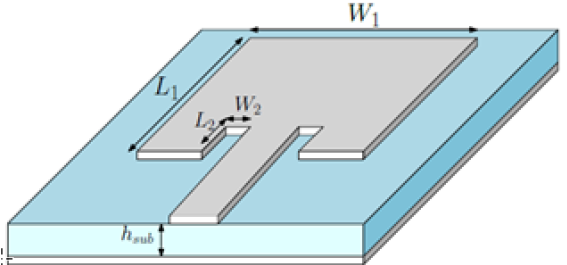Data-efficient Machine Learning for Engineering
In fields such as engineering, manufacturing, or healthcare, (labeled) data can be scarce and expensive. Unlike big data, the few available data are often of much higher quality. From a limited amount of data, knowledge must be created using various concepts such as active learning, surrogate modeling, transfer learning, self-supervised learning, few-shot learning, one-shot learning, synthetic data generation, hand-coded knowledge, and human-in-the-loop.
Using these data-efficient machine learning concepts, engineers can build and deploy effective models trained on small-scale datasets. Data-efficient approaches unlock numerous use cases where only small (labeled) datasets are available. This minimizes the time, engineering effort, and data required to create practical value with artificial intelligence.

Research topics:
Machine Learning for Engineering (ML4ENG)
enabling technologies:
- SUMO: SUrrogate MOdeling
- DE-ML: Data-Efficient Machine Learning
- AutoML: Automation in Machine Learning
- PI-ML: Physics-Informed Machine Learning
- X-ML: eXplainable Machine Learning
applications:
- DT: Digital Twins (and siblings)
- Design space exploration
- Design and process optimization
- Generative model-based design
- UQ: Uncertainty Quantification